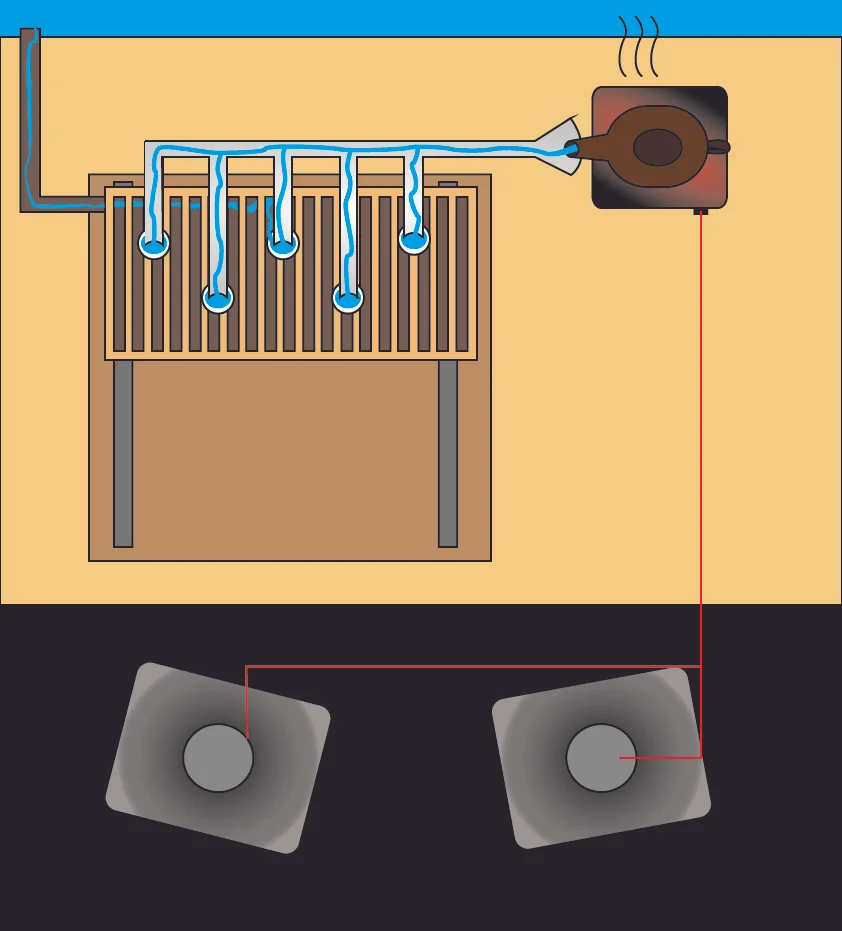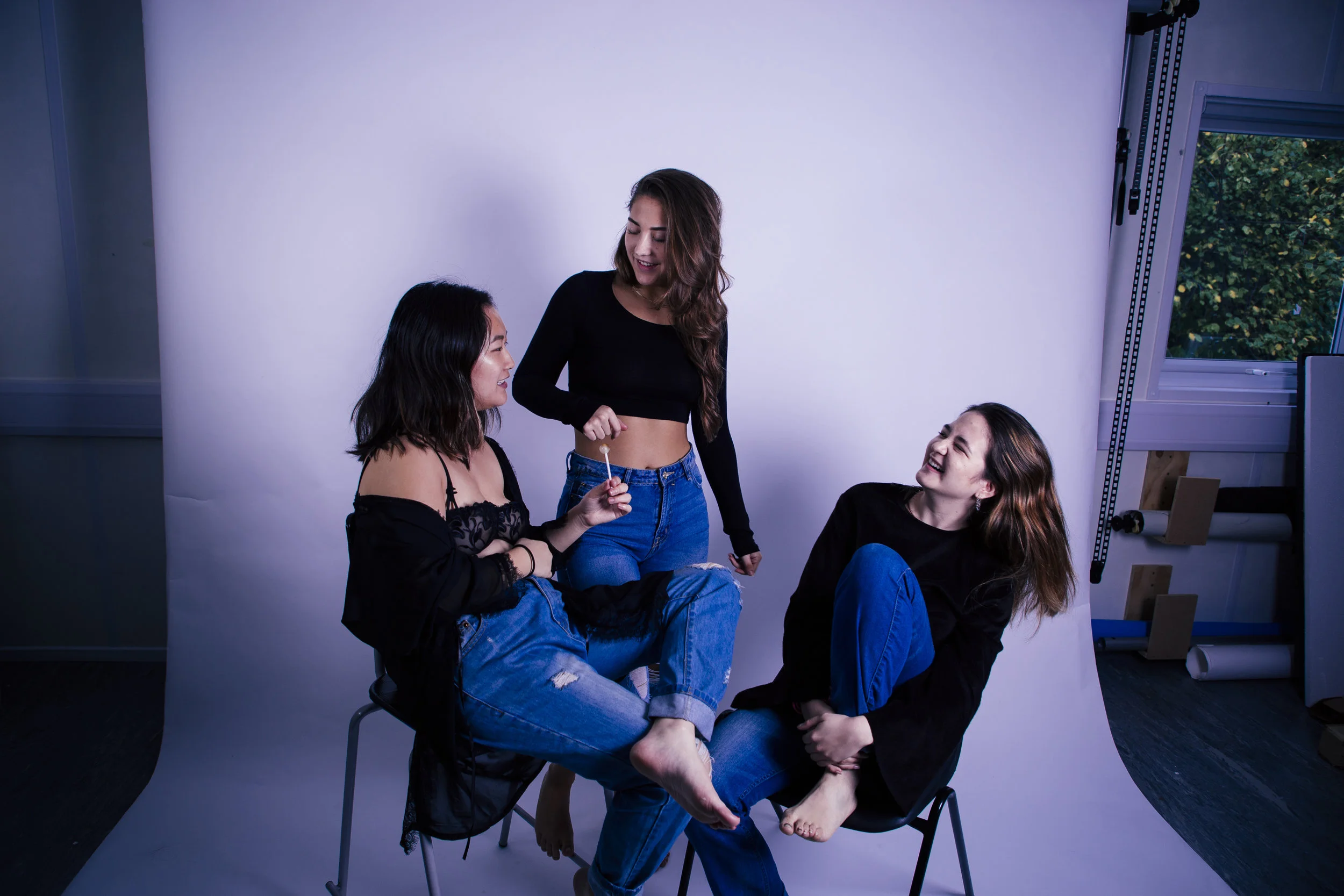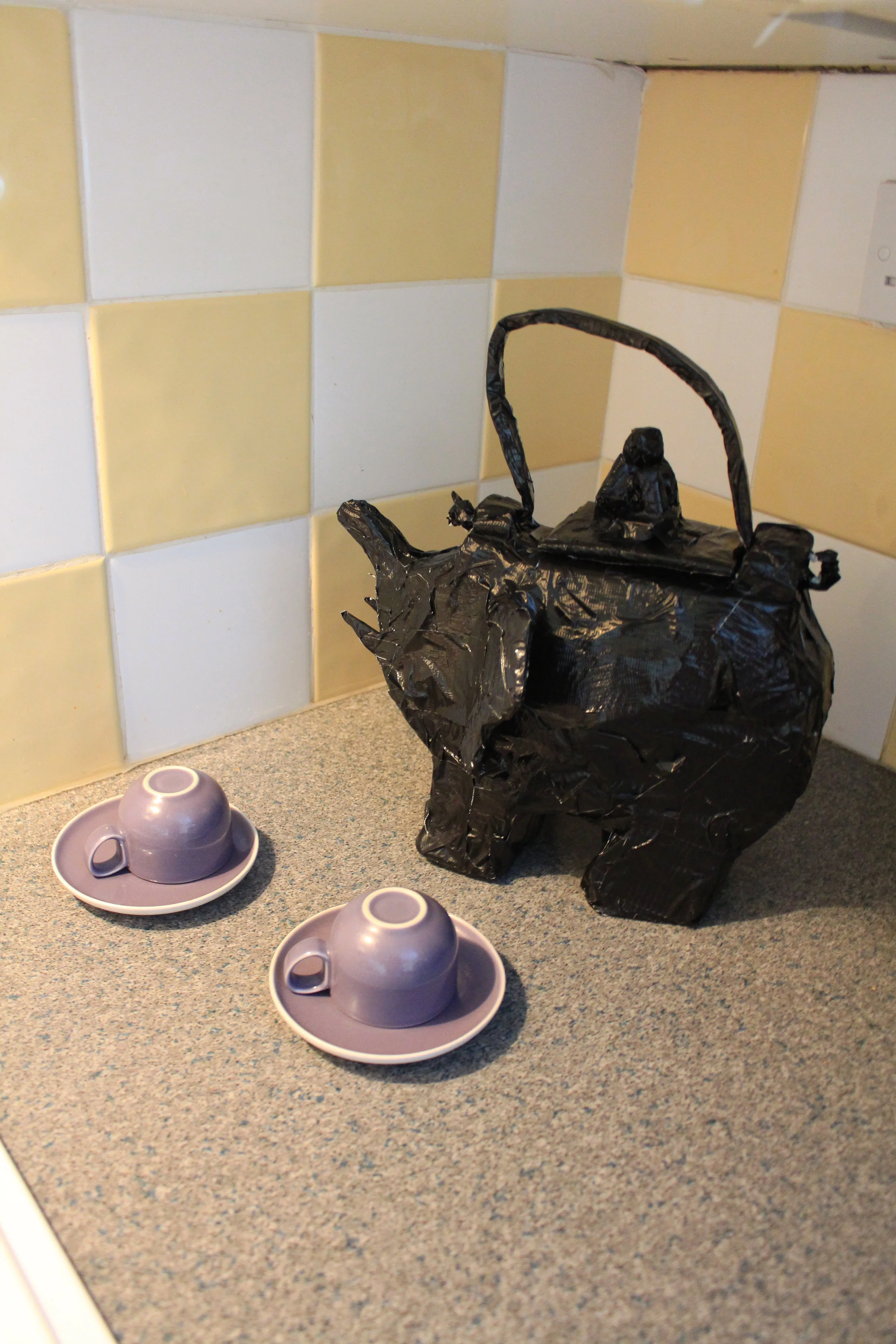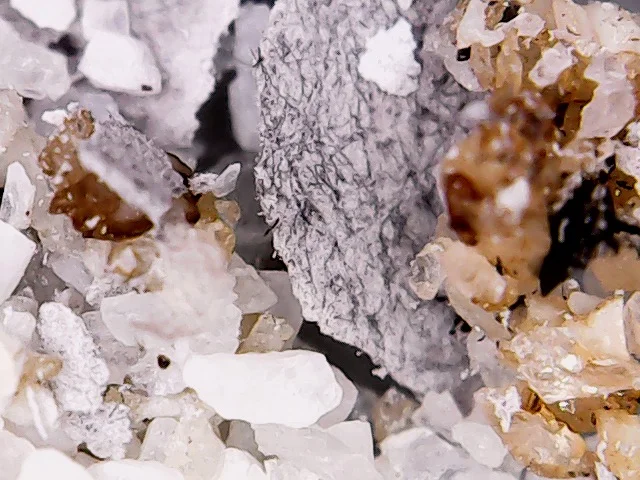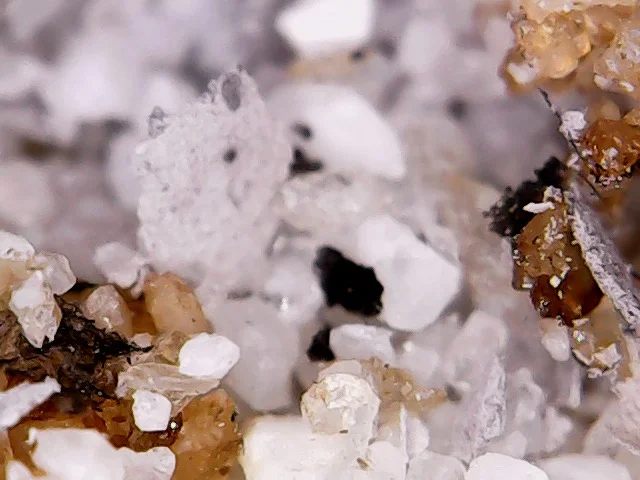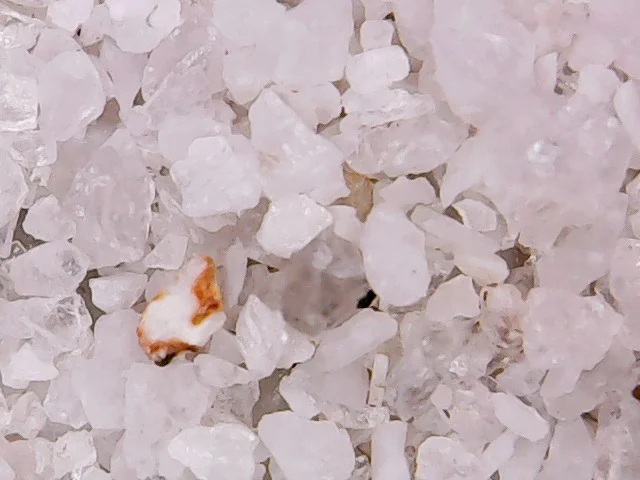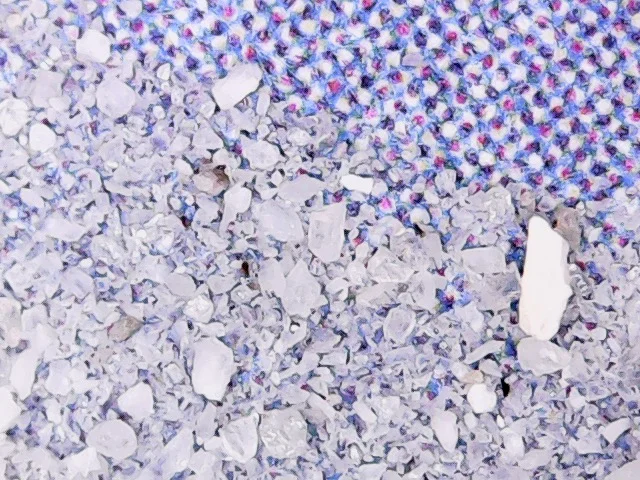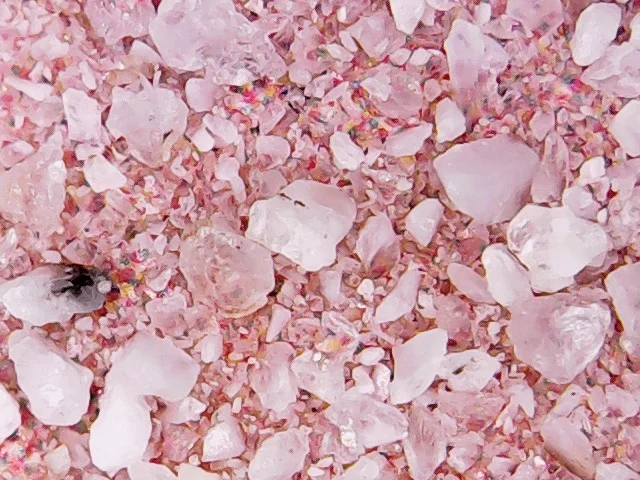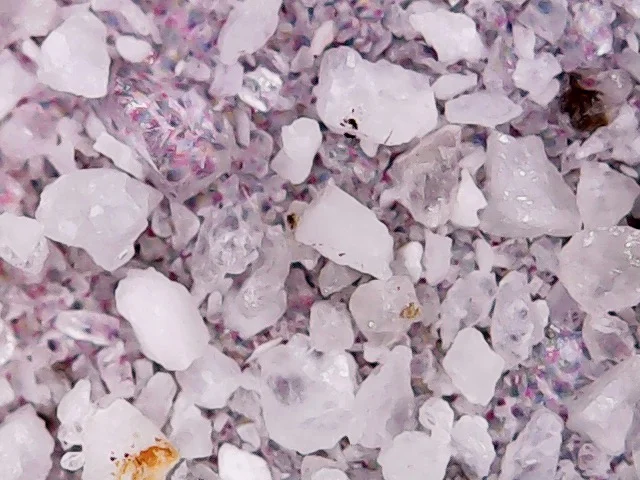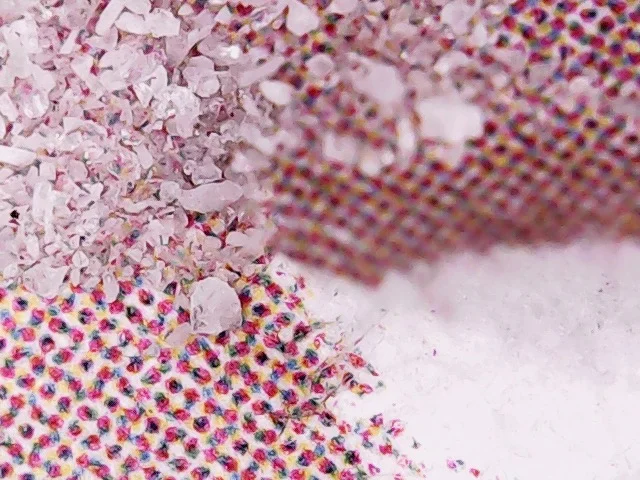23 November 2017 Tutorial with Sean Hall
Series of interactions with objects, items
Bill Gaver's design method - Cultural Probes
Send objects out and get feedbacks on how the users interact with the objects and how they use them.
Re-design fortune cookies, maybe it can be turned into a fortune box?
How could it be inserted in different culture
Where does it come from? Who cares? Apple pies from America or UK? Fortune cookies from China or Japan? Globalisation has melted culture into blurred lines, it became harder and harder to distinguish the differences and we start to loose track of where everything comes from. Or does it matter?
Borrowing objects, can we be borrowing ideas and use them? Like Sean's office full of books and ideas to be borrowed and used?
Look at previous student's dissertation from Goldsmiths Library - research on people's idea of Chinatown in London. The distorted perspective, the utopia, the fictional image of eastern culture and the exoticism.
Curation of objects - Contemporary Anthropology
Books to look at, read review first:
Stuff by Daniel Miller, Chapter 2
The Social Life of Things by Arjun Appadurai, Commodities in Cultural Perspectives
Create a visual piece, a visual story book. add images
Start the writing from key words Intangible Cultures, ask the question, what is intangibility? Maybe start writing with the line 'this is what I meant by intangible culture...'
Visit:
Horniman Museum, V&A, Design Museum, ..
A new way of thinking about it, scan through museum studies
Maybe a proposal for Design Museum, tackling the issues about budget, acquiring more contents and items without having to spend more expenses, resulting a more interesting, interactive and engaging collection. Maybe I can build a Chinatown within the museum, creating a space, an experience for kids to run around, for general public to freely explore within the space.
How to structure a survey? Look into sociology
advantages and disadvantages of the survey being conducted, the purpose, is it to inform?
Need to state in writing
Take into consideration maybe people lie? maybe people don't tell the truth? How much data can we take from the survey?
Ask Library about form signing, agreement of showing participants responses in the dissertation.
Next steps:
think about the following
methods: cultural probes, or something else?
images: what to include, how to use images as a guideline to the contents
layout
title of the dissertation
look at museum studies and what's already been done
Next tutorial: 7th December 2017
